Black Cherry Missouri Department of Conservation
$ 10.50 · 4.6 (187) · In stock
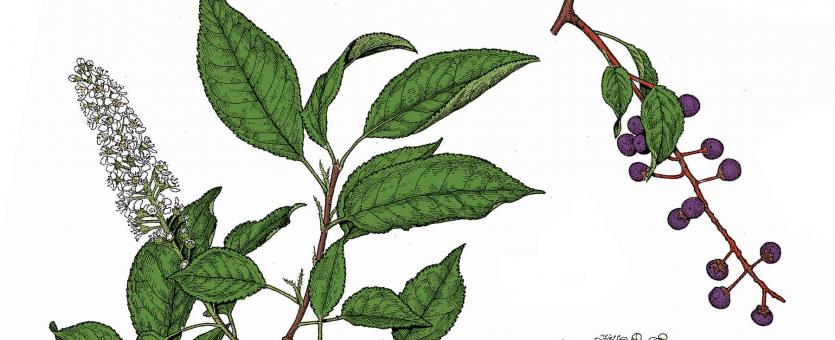
Black cherry is a medium to large tree with a straight trunk, somewhat hanging branches, and a rather spreading, rounded crown. Leaves are alternate, simple, with a leathery texture, rounded at base, 2–6 inches long, 1–2 inches wide, elliptical; margin finely toothed with teeth turning inward. Upper surface dark green, shiny; lower surface paler with hairs along the midvein; leaf stalk with small glands near the leaf base. Bark is dark reddish brown, smooth when young; black, broken into small, scaly plates with turned-back edges with age. Twigs are slender, flexible, smooth, reddish- or olive brown with a grayish coating; pores small, numerous; with an extremely bitter almond taste and smell upon scratching. Flowers April–May in dense, elongated, cylindrical clusters, 2–3 inches long, flowers about ¼ inch across, with 5 white petals. Fruits August–September, clusters with 15–30 fruits, each round, dark purple to black, ¼–½ inch across, shiny, thin-skinned, with juicy flesh, bittersweet, edible.

Black Cherry - Cornwall Conservation Trust

Missouri Black Bear - North American Wildlife and Habitat
Fifty Common Trees of Missouri : Missouri Department of Conservation : Free Download, Borrow, and Streaming : Internet Archive
Elderberry, Extension
2000 Best Management Practices: Scaleshell mussel : Missouri Department of Conservation : Free Download, Borrow, and Streaming : Internet Archive
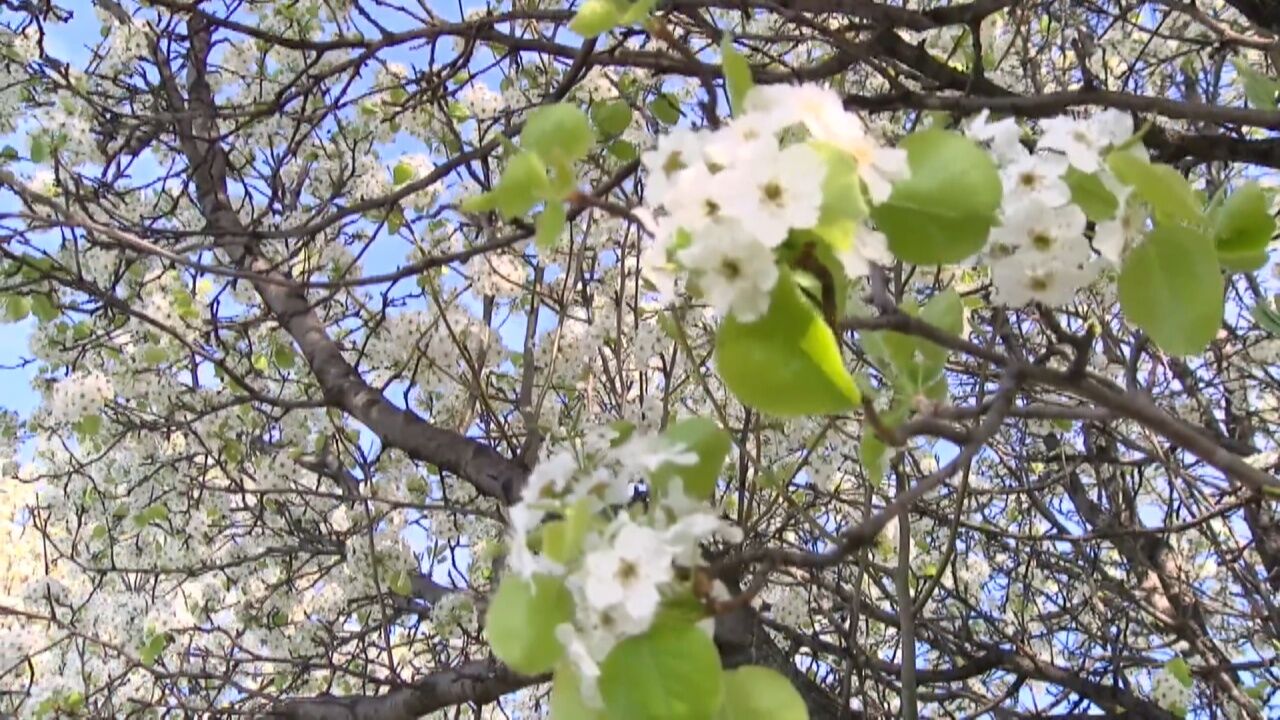
MO Dept. of Conservation warns of popular, highly invasive tree species, Video

Can you recognize these toxic plants of Missouri? - Missouri Poison Center
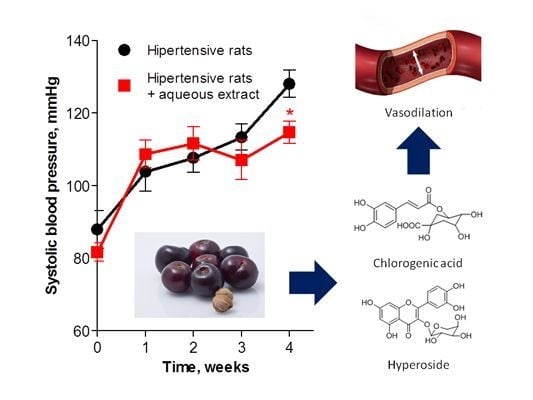
Molecules, Free Full-Text
The unsung pawpaw is a delicious, low-maintenance, native N. American fruit tree
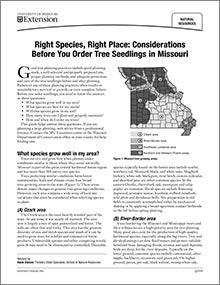
Right Species, Right Place: Considerations Before You Order Tree Seedlings in Missouri
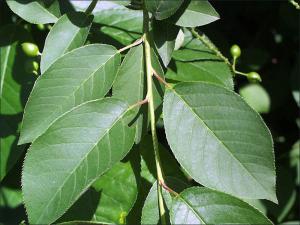
Black Cherry Natural Resource Stewardship